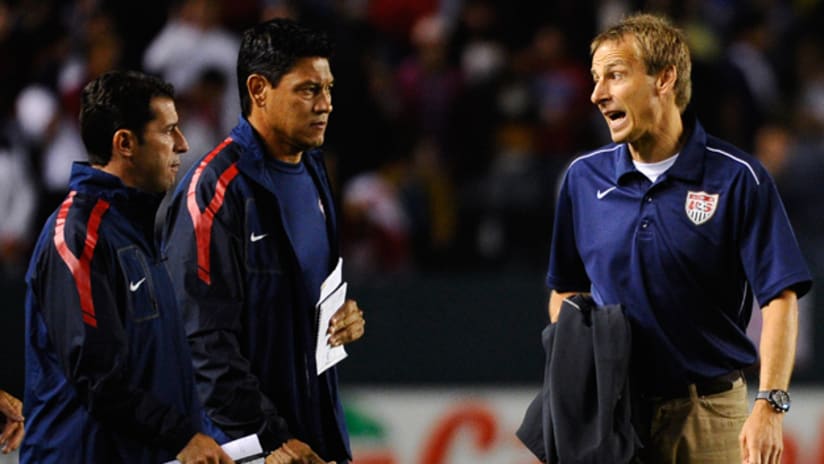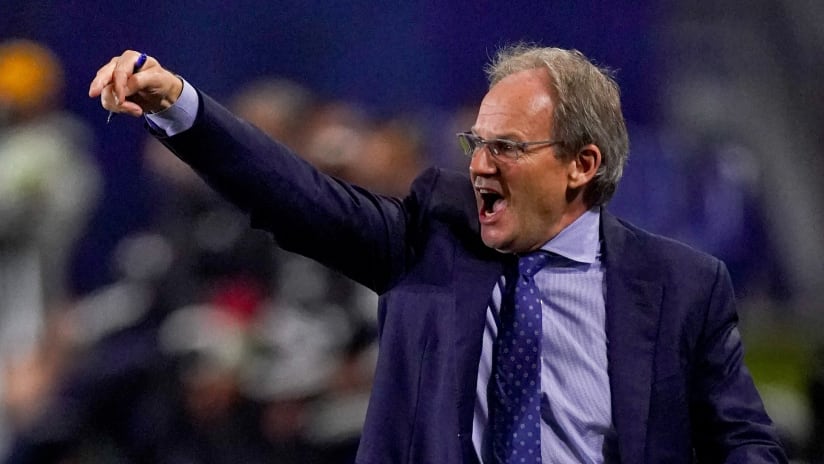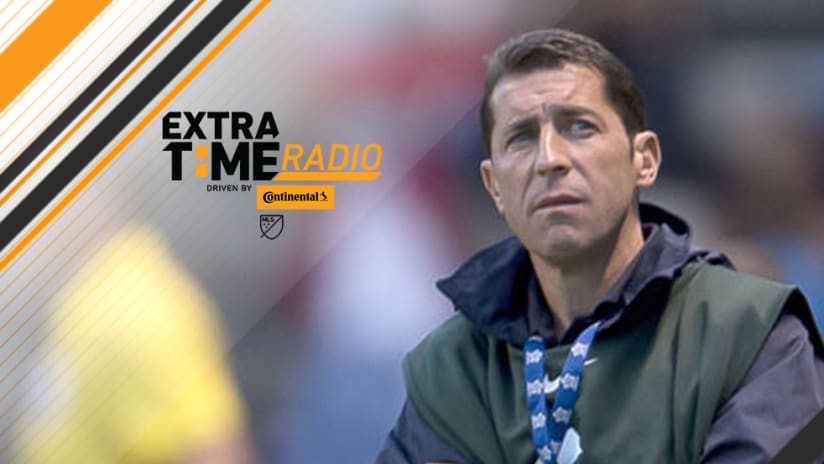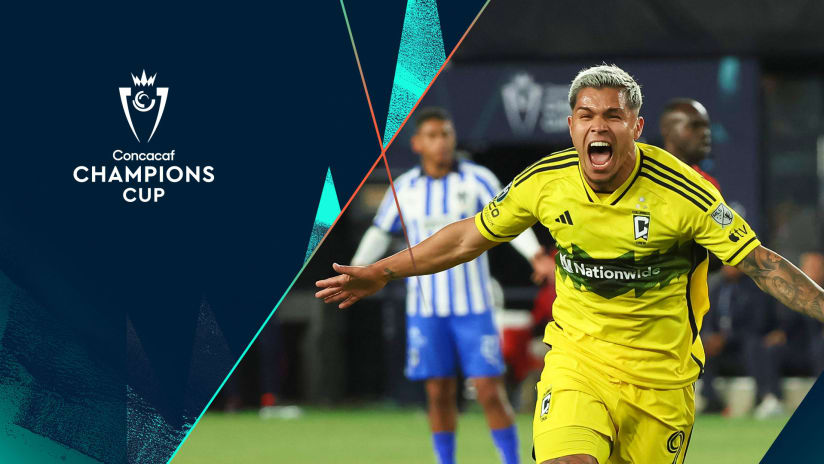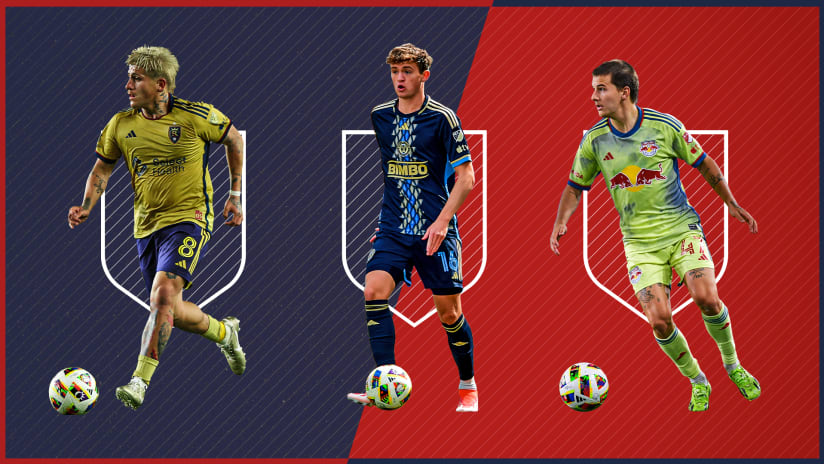Last month’s 1-0 friendly win over Mexico brought many smiles to the faces of the US national team contingent at Estadio Azteca. But perhaps none was bigger than that of Tab Ramos, the former US international turned US Under-20s coach who once played south of the border and endured so many difficult matches against his country’s fiercest rivals.
Aside from occasionally helping out with the senior squad, Ramos’ current task is to help the United States make up ground on Mexico and other nations leading the way in youth development, an effort which has given him an up-close perspective on what’s working – and what isn’t – in the field. And he’s pinpointed a troublesome point at which Yanks fall behind their international counterparts.
“I think there’s a gap in terms of where we are when our players are 15, 16, 17 years old,” Ramos (above, far left) told MLSsoccer.com this week. “We stay pretty competitive [to that point]. There’s a gap from that age group until the players go into the pros, between the players we have and the players that play overseas with clubs.
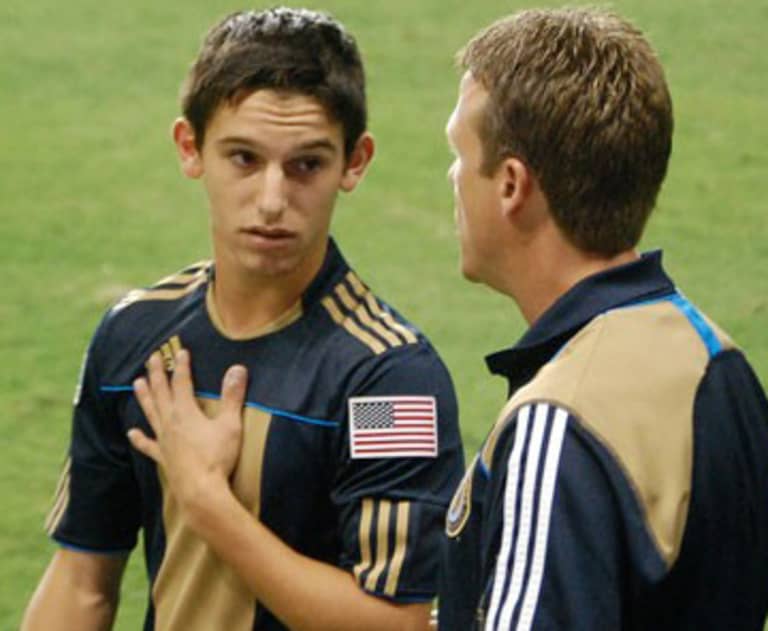
Union's Pfeffer was a US U-18 call-up
“The [US Soccer Federation] Development Academy is now helping to narrow that gap, by implementing a 10-month league in which the players will be playing all year round, and training three to four days a week all year round. That makes it a little bit easier, but we just have to continue to catch up a little bit at a time.”
Ramos recently attended the US U-18 team’s successful trip to the Netherlands, where the young Yanks – they featured several MLS academy products – went 3-1-0 in scrimmages and friendlies against their opposite numbers from the likes of Feyenoord, Borussia Dortmund and Club Brugge. He noted that the European-based players will experience a different environment than their US counterparts in the crucial years ahead, however.
“At this point they’re just as competitive – they were pretty evenly matched up,” Ramos said. “So now we have to see where our players go at 17. Some of them go back to playing in high school. Some of them go back to playing some academy games. Some are hoping to get into college somewhere down the road.
“But in the winter it’s realistic that some of our players are going to have a couple months off. Players overseas, like the Dutch players we played against, are going into an environment where they’re training six days a week and they’re playing games. And that continues over the next couple of years.”
In his own stint at Tigres UANL before the advent of MLS, Ramos played alongside Mexican senior team boss José "Chepo" de la Torre and other El Tri coaches like Sergio Almaguer and Juan Carlos Ortega who are leading that nation’s dramatic renaissance at the youth levels. He’s had “numerous conversations” with them, and praises their commitment to consistency in technical and tactical programming at all age levels – a step only recently taken by the US – as well as the close cooperation between the Mexican federation and its pro clubs.
“With the national team, even with the youth programs, they have an agreement that the players will be released,” said Ramos. “So this is something that we’ll be working on hopefully over the next few months, something we can hopefully put on the table between US Soccer and MLS. It’s important that we sit down and iron some of these things out that hopefully will help everyone.”

FCD's Acosta: a regular for U-18s
Another point of emphasis for Ramos: finding a way to steer the most qualified US coaches, who, like him, often work their way up to coach older age groups, to instead focus on helping develop the younger players.
But like many of those on the front lines of this topic, he is optimistic about the overall progress of US youth development, while realistic about the pace at which its results appear.
“We’re at a part of our development now where a lot of things are changing, a lot of new programs are being implemented,” he noted, “and those require time. We won’t have the results of what we’re doing overnight and unfortunately that’s sometimes too long for people to wait.
“People get impatient, but those of us who are on the inside realize what it’s about, and it’s about taking a little step at a time and trying to close the gap. And I think we’re doing that.”

